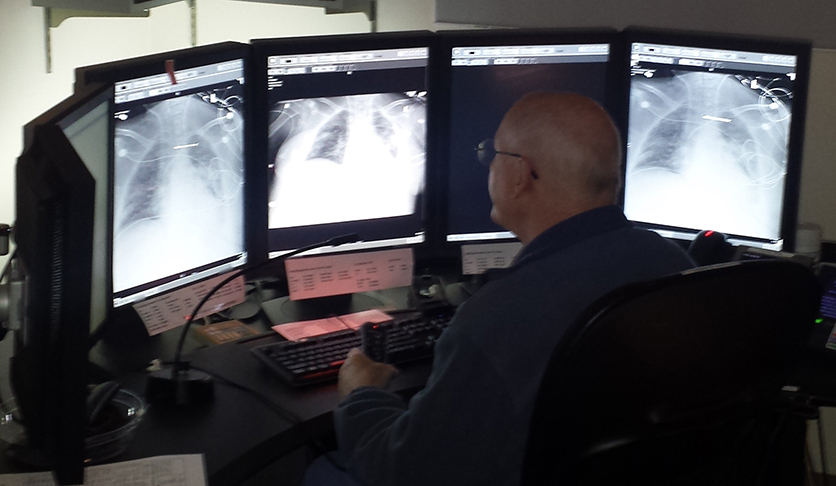Improved radiology dictation system.
Faster results for patients. Reduced costs for HM.
Radiologists can provide imaging results faster with a new voice-recognition dictation system that often eliminates the need for transcription services.
Reduced turnaround time by half. Improving patient care.
| Monthly averages | |
|---|---|
| Before new system | After new system (based on Feb. 1 – May 31 actuals) |
|
|
|
|
|
|
|
|
|
|
|
|
$823K projected annual savings. Nearly double the $420K goal.
| Annual averages | |
|---|---|
| Projected with new system, before project launch | Projected after new system (based on Feb. 1 – May 31 actuals) |
|
|
|
Prepopulated, easily customizable templates.
Radiologists now can use customizable reporting templates specific to each exam. This new template flexibility has spurred adoption of one-stop radiology reporting.
Then and now.
“It used to be that an X-ray was made, and someone at the scene had to give their best interpretation, who wasn’t an expert at reading X-rays,” said Dr. Thomas Hedrick, radiology medical director. “Then a few days later, a report might show up typed and delivered by hand messenger or mail.”
“Now, most of the reports are generated before the patient even leaves the department,” he said.
If you’re an outpatient now, your doctor will get the report that same day. If you’re an emergency room patient, you won’t leave the ER until the radiologist’s written report is available for the emergency room physician.
“It used to be that the emergency room physician would have to take care of a quick reading and hope that, when the radiologist read it, he agreed,” Dr. Hedrick said. “And most of the time he did. But this way there’s no doubt that an official interpretation is on the chart before the patient moves toward the door, either to go home or up to the floor.”

Better referring physician satisfaction.
X-rays, CTs, MRIs, PET scans. Ultrasound, nuclear medicine, interventional radiology, mammography. As they emerged, these imaging technologies changed the face of medicine, allowing us to peer into the human body without surgery.
The new system improves this process by making results available faster.
This means physicians can treat patients sooner than with the old system. Faster treatment means improved patient care, as well as better physician satisfaction.
